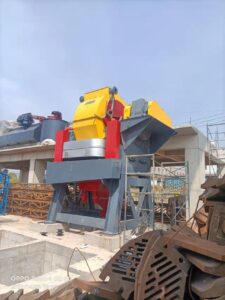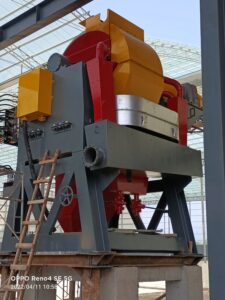There are rich lithium resources in China. According to the data released by the US Geological Survey in 2015, China’s proven lithium reserves are about 5.4 million tons, accounting for nearly 13% of the world’s total proven reserves. The salt lake resources cover almost 85% of total reserves at home and 15% of mineral resources. Our granite-petrified salt-lithium deposits are mainly distributed in Sichuan, Xinjiang, Henan, Jiangxi, Fujian, Hunan and Hubei provinces, among which the lepidolite reserves in Yichun of Jiangxi province reach 637,000 tons.

Lithium is widely used in battery, ceramics, glass, lubricant, refrigeration liquid, nuclear and photoelectric industries. With the continuous development of new energy vehicles, computers, digital cameras, mobile phones, mobile power tools and other electronic products, the battery industry has become the largest consumption field of lithium. In addition, lithium carbonate is one of the effective ways for energy consumption reduction and environmental protection in ceramic industry. At the same time, various new roles of lithium in glass are successively discovered in the glass industry. All of these contribute to the increasing demand for lithium.
Due to the unprecedented growth in the demand of the new energy market, the price of lepidolite, an important raw material of lithium batteries, has soared from 700 to 15,000 CNY per ton in the past year. The market profit is extremely considerable, which stimulate an unprecedented surge of related enterprises, as well as a large influx of social capital. Yichun area continues to explore new lithium mines and existing also expand their production capacity. Besides, with low technical barriers and mature beneficiation technology, the market of lithium ore is brisk.

In Yichun area, lithium ore mainly exists in the form of feldspar containing 0.3-0.5% Li2O and the whiteness ranges from 25% to 30%. And it always contains a certain fine mud, accounting for about 15% after grinding. In general, the processing flow is gravity separation+flotation+magnetic separation. The raw ores are crushed and ground to obtain feeding materials with qualified particle size, and then Wet Drum Permanent Magnetic Separator is adapted to remove strong magnetic iron content. After that, spiral chute and hydrocyclone are used to collect tantalum-niobium ores and tin ores and deslime. Flotation separates lepidolite (Li2O:2.5-3%) and its tailings are put into the Wet High Intensity Magnetic Separator to remove iron and recover part of mica (Li2O:0.3-0.4%), and qualified feldspar concentrates can be obtained (whiteness:60-70%).







